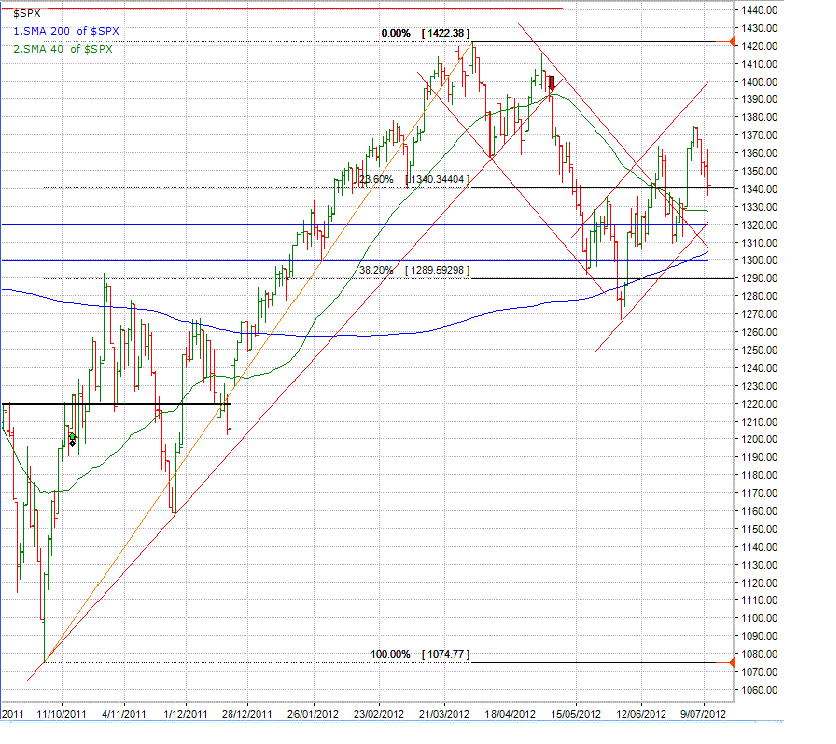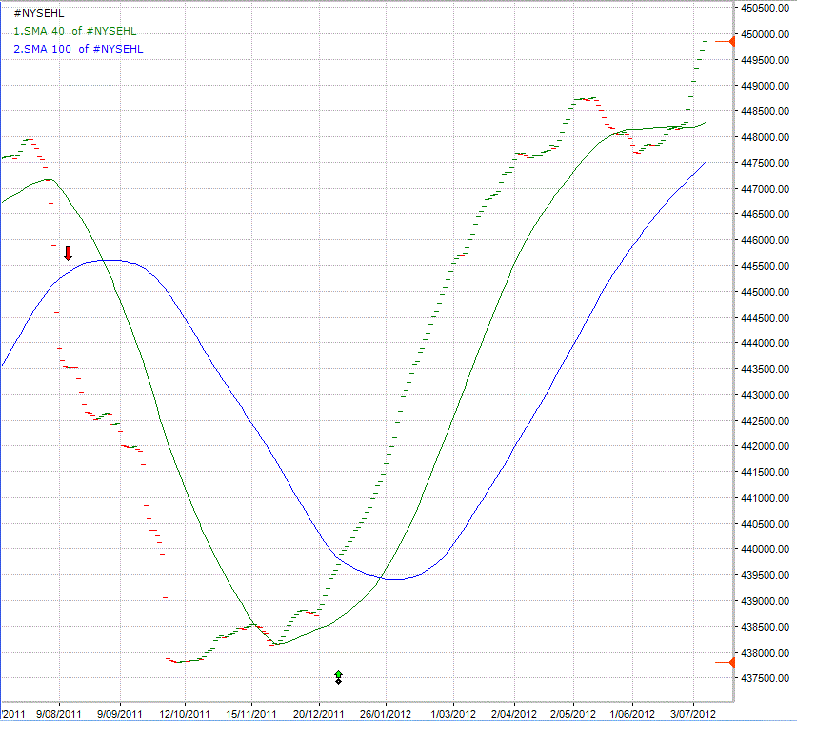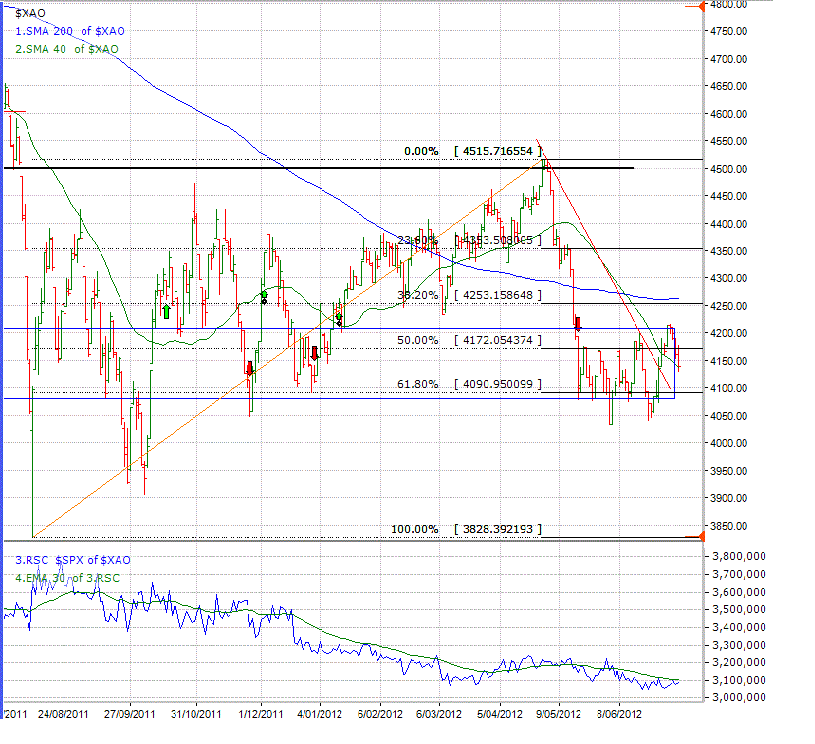Gary’s Comments
World equity markets have taken the first steps that are mandatory for a change in trend back to UP. In fact, by definition the short-term trend is already up but not so quite yet from a medium term and longer term viewpoint. Therefore, it may still be a little early to start piling into equities again. More price action evidence is required.
Of course, there is no guarantee that if that evidence comes forth that it may not turn again very quickly to down. That is the investing world in which we now live. Get used to it. At least for the next few years. Boom times in equities will abound again, we just don’t know when. Until then we need to prepare as if it could happen very soon but simultaneously protect our capital from any major downturn that could occur.
If you have been following my blog articles on planning for retirement it is obvious that more risk needs to be taken that merely remaining in cash for the rest of your investing life. However, the challenge of managing that risk has got increasingly more difficult. But isn’t that what investing is about, risk management.
Back to the markets. My technical reason for the short-term up trend? Just about all international indices have completed higher lows and higher highs over the last month.
I have been asked which markets I include in my regular analysis. Well here goes. In the USA, the DJIA, S&P500, Nasdaq Composite and Nasdaq100, the S&P400 Midcap, S&P600 Small Cap and all three Russel indices have completed higher lows and higher highs. In Europe the STOCXX50, FT100, DAX, TecDAX, CAC40, IBEX35 (Spain), MIB30 (Italy), SMI (Swiss) and BEL20 (Brussels) have completed this pattern as has have the Asian indices in India, Singapore (STI) and Hong Kong (Hang Seng). The laggards are China (SSEC), Brazil (Bovespa) and Korea (KOSPI) which did not complete a higher high after their higher low. It takes me around 2 – 3 mins to step through these markets which I do at least weekly but in times like this daily.
Most of these higher highs and higher lows have bounced off key support levels too. So the first steps are there for a rise in equity markets but, as always, resistance zones lie overhead and these do need to be watched as do the key support levels as markets advance.
Another factor is that volatility levels have been falling which is synonymous with a rising market. In these precarious times all these need to watched with an eagle eye to both take advantage of opportunities and to manage risk and protect capital. Right now, putting aside conjecture about what may happen, price action favours equities markets rising further.
| Overseas Markets Report | |||||
| Index | Close | % Change | Intelledgence Risk Status | Short Term Trend | Long Term Trend |
| Dow Jones | 12653.12 | -1.70% | Low – Neutral | Up | Down |
| SP 500 | 1341.47 | -1.76% | Low – Neutral | Up | Down |
| Nasdaq | 2902.33 | -1.66% | Low – Neutral | Up | Down |
| FT 100 | 5664.07 | -0.42% | Low – Neutral | Up | Down |
| Dax | 6438.33 | -2.13% | Neutral – High | Up | Down |
| CAC 40 | 3175.41 | -2.93% | High | Up | Down |
| Nikkei | 8857.73 | -2.30% | High | Up | Down |
| Hang Seng | 19396.36 | -1.72% | High | Up | Down |
| SSE-All | 2164.44 | -2.90% | High | Down | Down |
Commodities markets have all fallen to key support levels and then bounced. The CCI (Continuous Commodity Index) and CRB Index have both jumped. Wheat, Soybeans, Corn, Oil and Copper have been the biggest contributors to the rise.
Gold is heading for a ‘corner’ as a symmetrical triangle forms with lower highs and higher lows. Expect a resolution of this over the next week or two with a breakout to the upside favoured. A clear break above $1640 might be the initiation of Gold’s next major move. Alternatively, the sideways movement between $1550 and $1640 may continue. There is a significant support zone between $1510 and $1550. If this zone does not hold then expect a substantial move down to the $1410 – $1440 zone although I believe this to be a very low probably.
All these commodities and others that make up the CCI can be visually analysed in around 2 -3 minutes. All my past analyses for indices, commodities, currencies and bonds are saved on my charts and automatically displayed as the watchlists and workspaces are stepped through. With a half decent technical analysis tool this should be very simple to set up. Doing the analysis and saving it for future display and updating will require a basic knowledge of technical analysis. But I do provide all my saved analyses on all these charts for our customers on a regular basis to update with a single click .
| Commodities | |||||
| Index | Close | % Change | Intelledgence Risk Status | Short Term Trend | Long Term Trend |
| Brent Oil | 97.97 | -2.69% | High | Up | Down |
| Gold | 1579.8 | -1.12% | High | Up | Down |
| Copper | 339.8 | -2.05% | High | Up | Down |
| Lead | 1863 | -1.97% | High | Up | Down |
| EURUSD | 1.225 | -2.82% | High | Down | Down |
| US $ Index | 83.4 | 1.98% | Low | Up | Up |
| CRB Index | 288.65 | 1.56% | High | Up | Down |
| Silver | 2688.2 | -2.24% | High | Up | Down |
| Zinc | 1852.5 | -2.76% | High | Up | Down |
| AUDUSD | 1.0189 | -0.89% | Neutral – High | Up | Down |
| Platinum | 1429.7 | -1.96% | High | Up | Down |
| Local Market Report | |||||
| Index | Close | % Change | Intelledgence Risk Status | Short Term Trend | Long Term Trend |
| All-Ords | 4137.9 | -0.68% | High | Up | Down |
| Information Technology | 489.8 | -1.47% | High | Down | Down |
| Consumer Discretionary | 1230 | -0.45% | High | Up | Down |
| Materials | 9349.2 | -2.33% | High | Up | Down |
| Energy | 11794 | -1.82% | High | Up | Down |
| Financials excl Property Trusts | 4749.3 | -0.46% | Low – Neutral | Up | Down |
| Financials | 4168.5 | -0.37% | Low – Neutral | Up | Down |
| Consumer Staples | 7712.1 | 0.36% | Low | Up | Up |
| Health Care | 9223.3 | 1.31% | Low – Neutral | Down | Up |
| Telecommunications | 1303.5 | 2.06% | Low | Up | Up |
| Industrials | 3211.4 | -1.26% | High | Up | Down |
| Utilities | 4862 | 0.43% | Low | Up | Up |
The short-term trend for all the ASX sectors are up bar two. The traditional defensive sectors of Consumer Staples, Health and Utilities are in long-term up trends as is the Telstra sector.
As the bottom RSC (Relative Strength) chart shows the All Ords continues to underperform the S&P500. The major support zone for the All Ords is between 4090 and 4225, a zone that the All Ords has hardly been able to breakout of. Whilst the All Ords did complete a higher high it was only just. I remain unconvinced of the Australian market for the time being. The opportunities in our market continue to remain in the small to mid cap stocks which are not running at the moment. If the international indices do continue to rise then look for opportunities in those sectors in the weeks to come.
It is unlikely that the All Ords will have a major down turn that is not instigated by the international markets but the reverse does not necessarily apply, that is, international markets could have a nice run and the All Ords just not partake in it. Hence my suggestion to keep an eye on the XEC (Emerging Markets Index), XSO (Small Ords), XSI (Small Industrials), XMD (MidCap) and XSR (Small resources).
An abbreviated video clip of approx. 6.5 mins from my appearance last week on Your Money Your Call includes a brief discussion on the Australian equity market.
The SPA3 public portfolios continue to outperform the market by a large margin. See the performance table below that shows the comparative compounded annual returns.
| Portfolio Summary | |||||||
| Portfolio | 27/06/2012 | 4/07/2012 | 11/07/2012 | Weekly Move % | Top Mover | % Gain | Transactions |
| SPA3 Portfolio – Risk Profile 1 | $624,769.01 | $626,255.56 | $626,873.05 | 0.10% | TLS | 1.34% | 0 |
| SPA3 Portfolio – Risk Profile 2 | $377,244.72 | $378,475.33 | $377,972.58 | -0.13% | DMP | 1.47% | 1 |
| SPA3 Portfolio (Revised Edge) – Risk Profile 2 | $388,825.34 | $389,595.50 | $391,414.08 | 0.47% | SGH | 2.63% | 1 |
| SPA3CFD Portfolio | $42,002.07 | $42,042.45 | $42,042.45 | 0.00% | 0.00% | 0 | |
| Intelledgence | $401,750.74 | $407,537.58 | $405,334.53 | -0.54% | TWD | 3.75% | 0 |
| Compounded Annual Return | ||||
| Portfolio | 1 Year | 3 Year | 5 Year | 10 Year |
| SPA3 Portfolio – Risk Profile 1 | -5.78% | 4.73% | 3.39% | 15.40% |
| SPA3 Portfolio – Risk Profile 2 | -14.66% | 0.48% | -4.13% | 11.30% |
| SPA3 Portfolio (Revised Edge) – Risk Profile 2 | -11.62% | 1.66% | -3.45% | 11.69% |
| SPA3CFD Portfolio | -25.37% | 9.94% | N/A | N/A |
| All-Ords | -11.01% | 2.94% | -8.26% | 2.78% |
| All-Ords Accum Index | -6.72% | 7.33% | -4.23% | 7.17% |
Share Wealth Systems provides more detail on all of the above items at our eUGMS. The eUGMs are weekly multimedia presentations available to Share Wealth Systems members only.
The figures used in this Active Investor are based on data prices as of: 10/07/2012
| [qt:https://www.gary-stone.com/wp-content/uploads/2012/07/SKY_extract_050712.mp4 640 360] |






The comments above are interesting , however I believe there is a paradigm shift(growth is stalled) for investors with regards to equities and markets will remain soft(difficult) for some considerable time(years) a riskier trading(cfd’s) as opposed to investor equity strategy may become relevant?Australia will continue to lower interests rates to stimulate the market.QE3 will only be a band aid , China is having a adapt to lower growth prospects . It will be interesting to have some news from Gary regarding the Forex mechanical system.How will it be structured? will it have similar money management?
Response to Comment by David:
Your comment regarding paradigm shift has inspired me to write a separate blog as a response. In fact it could require a set of blogs to fully espouse my views on the shift. Maybe more on that in future blogs.
Regarding the Forex mechnaical system. The money management will have similar principles to the Revised SPA3 Money Management rules that are on the verge of being released (next 3 – 4 weeks) but being a highly leveraged market will not be exactly the same. The risk and money management will be determined by simulated portfolio equity curve research of multiple open FX positions. This means that we will devise money mnanagement concepts and then do the exploratory simulation to allow the research to tell us what the rules should be rather than the other way around.
The system is still in research – in fact it may be a number of inter-related systems to capture different types of trends. This is my number 1 research project at the moment but doesn’t always get my full undivided attention..
In closing, it would be a mistake to ignore trading methods, approaches and instruments that have worked well in the past.
Regards
Gary
Gary you obviously know the markets. I am surprised however that in the May 12 downturn your trading system got out so late. I really like your work. I’m really interested in when the next March 8 2009 and November 23 2008 ‘type’ bottoms occur.
Cheers, Rohan
Response to Comment by Rohan:
Yes, the SPA3 High Market Risk signal was a week late. SPA3 being a mechanical system doesn’t predict, it merely reacts to price action. We calculated that the ALL ORDS needed to close 0.7 lower at 4342 on May 11 to have generated the HMR signal a week earlier. It generated an exit on the S&P500 and Nasd Comp on May 4.
It doesn’t get it right every time but certainly does enough to have a substantial edge over the market. Such is mechanical trading.
As to when the next major runup is, I don’t know with any certainty so would prefer not to go public on it. Although the longer we track sideways, from a technical veiwpoint, the closer we get to decent run on the equity markets. Another scenario is of course a major sell off followed by sharp V bottom.
Reagrds
Gary